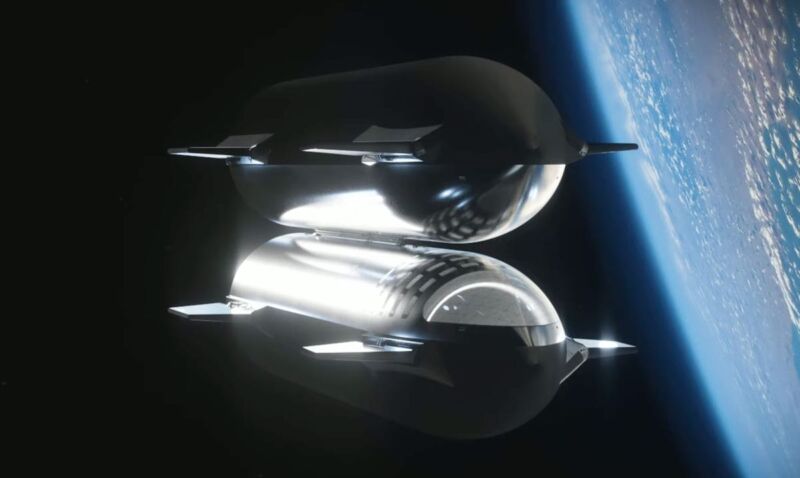- Joined
- Apr 1, 2005
- Messages
- 10,871
- Reaction score
- 6,581
Already landed 10 rockets his year and we're still in January.
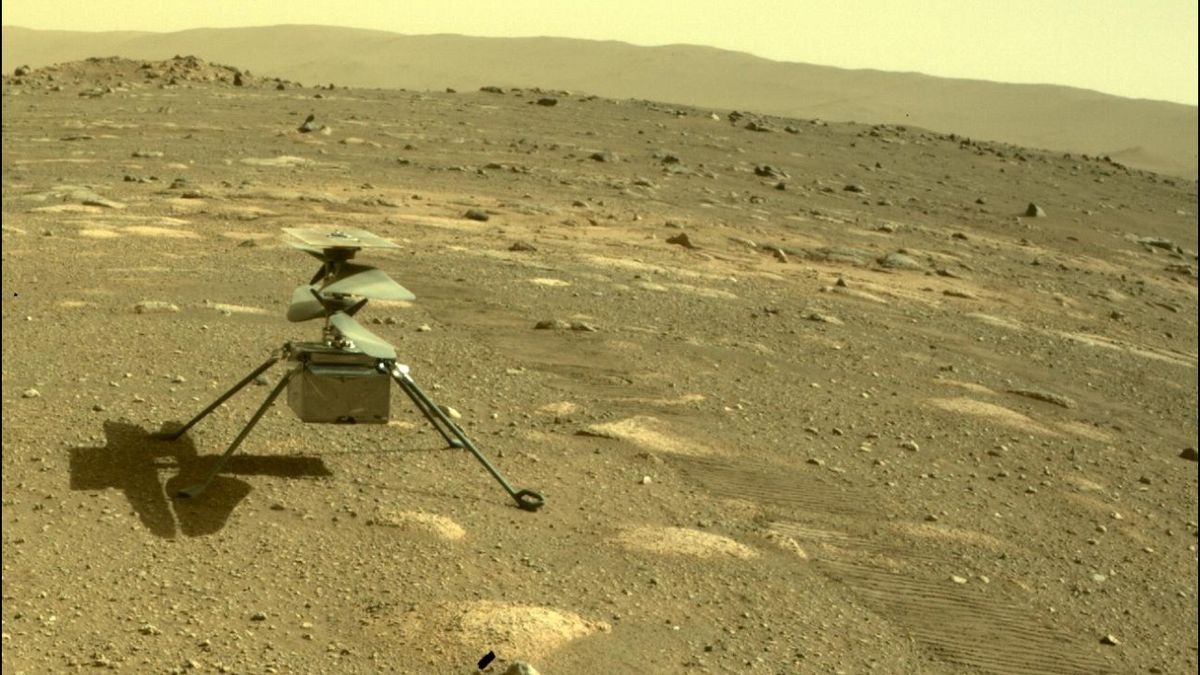
"NASA and JPL still aren't sure what caused the damage to Ingenuity's blades; it remains unclear whether the helicopter's power dipped during landing, causing unwanted ground contact, or if it accidentally struck the ground to cause a "brownout."
NASA to 'wiggle' broken Ingenuity Mars helicopter's blades to analyze damage
"We couldn't be prouder or happier with how our little baby has done."www.space.com
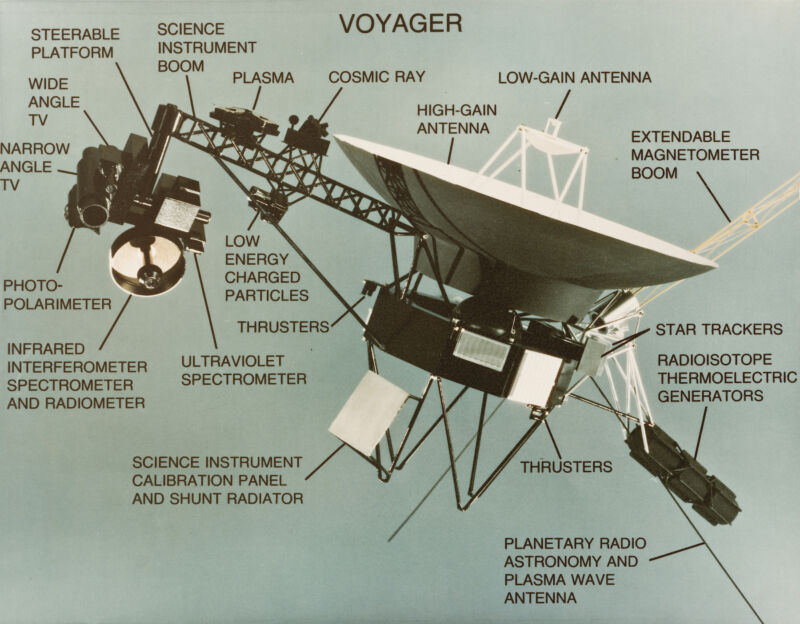
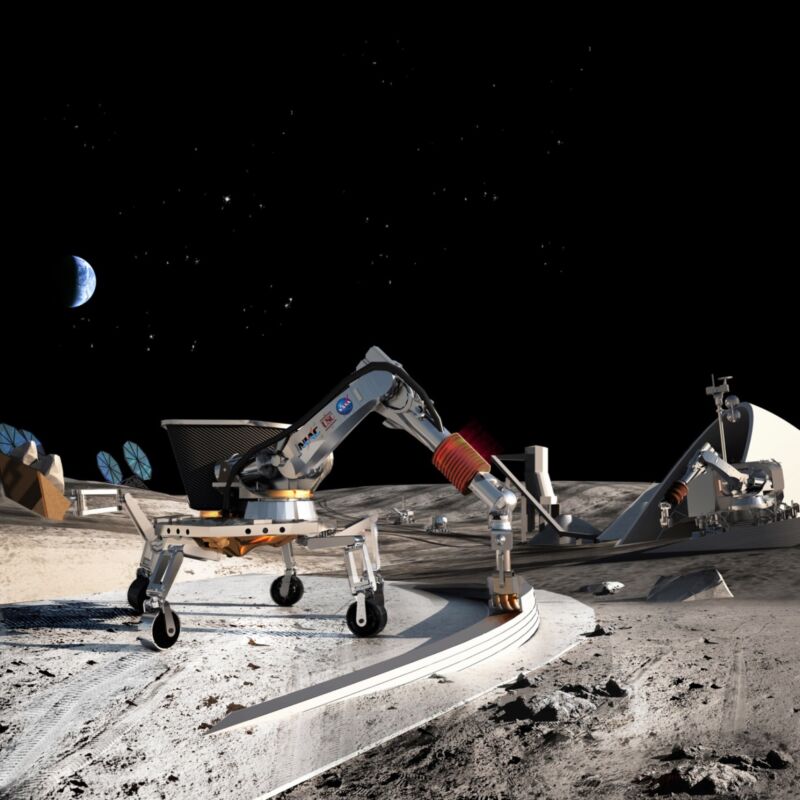
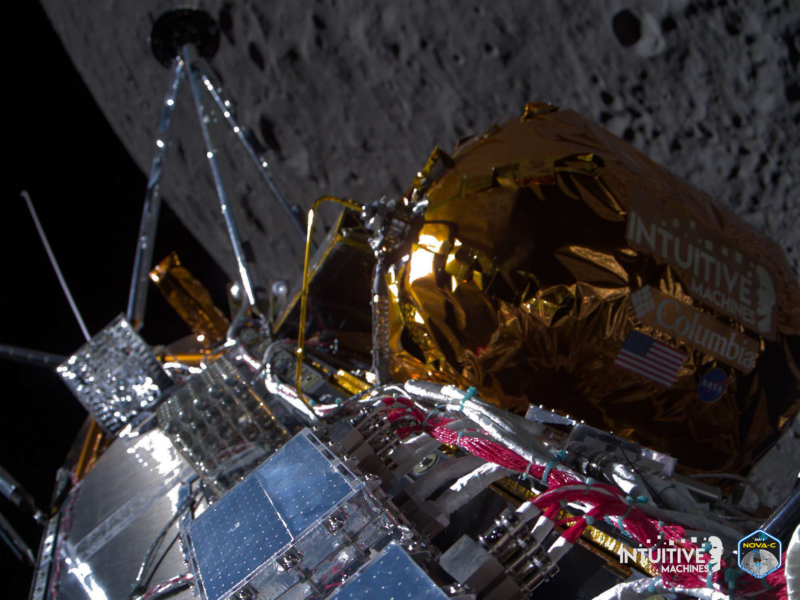
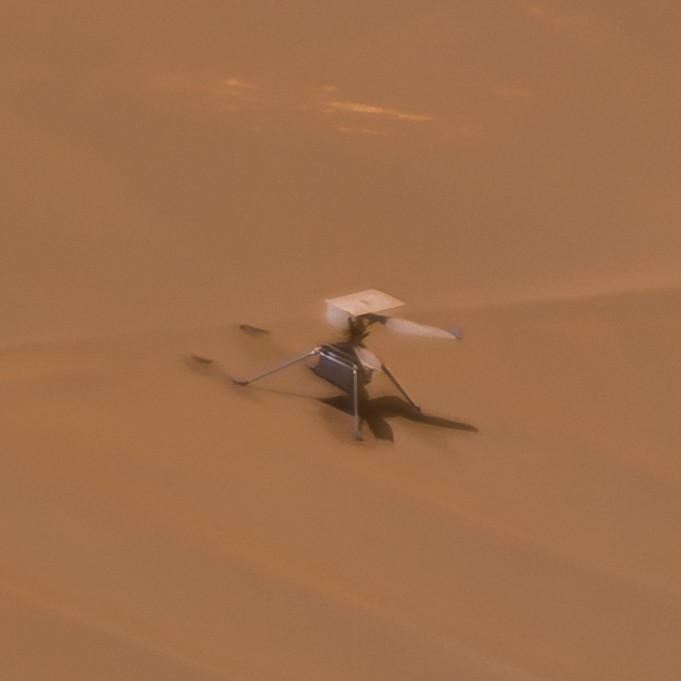
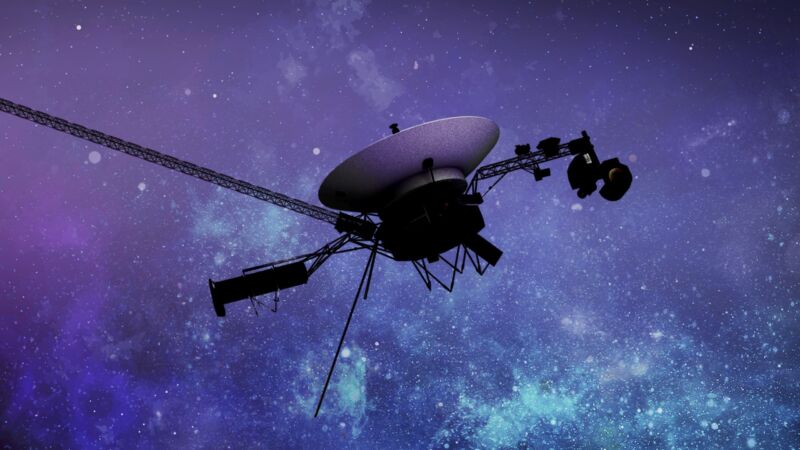
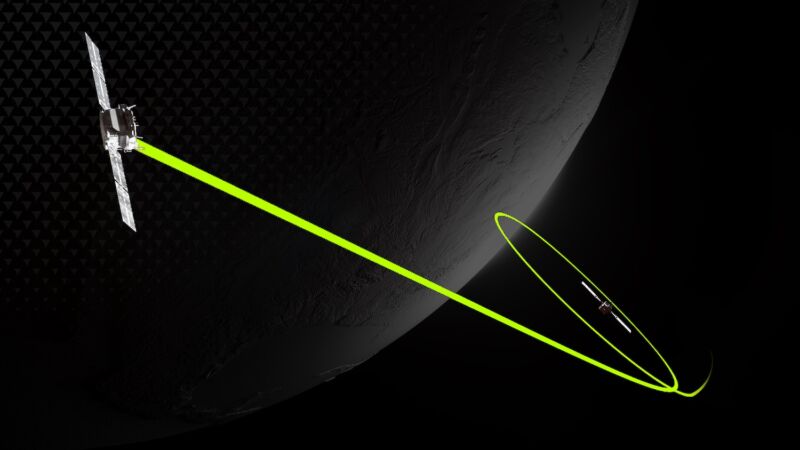
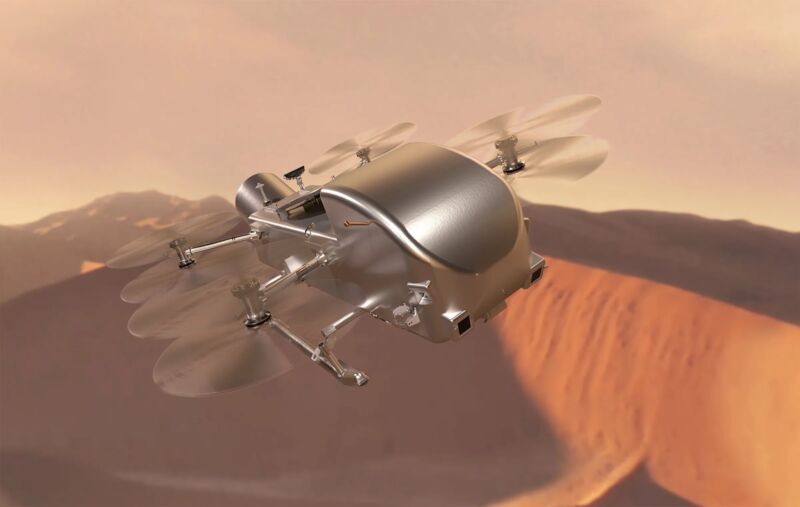
NASA officially greenlights $3.35 billion mission to Saturn’s moon Titan
Dragonfly will push the boundaries of engineering and science as it explores Titan.

NASA has formally approved the robotic Dragonfly mission for full development, committing to a revolutionary project to explore Saturn's largest moon with a quadcopter drone.
Agency officials announced the outcome of Dragonfly's confirmation review last week. This review is a checkpoint in the lifetime of most NASA projects and marks the moment when the agency formally commits to the final design, construction, and launch of a space mission. The outcome of each mission's confirmation review typically establishes a budgetary and schedule commitment.
“Dragonfly is a spectacular science mission with broad community interest, and we are excited to take the next steps on this mission," said Nicky Fox, associate administrator of NASA's science mission directorate. "Exploring Titan will push the boundaries of what we can do with rotorcraft outside of Earth.”
In the case of Dragonfly, NASA confirmed the mission with a total lifecycle cost of $3.35 billion and a launch date of July 2028. That is roughly twice the mission's original proposed cost and a delay of more than two years from when the mission was originally selected in 2019, according to NASA.
I'm greedy; I want to see all of it.Cool, but I want to see man walk on the moon in my lifetime. I was less than a year old when it last happened and now I'm a multi time grandfather. I'm tired of the excuses why we've not returned to the moon.
When I was younger I wanted to see man on Mars. Talk about lowered expectations! I probably won't get to see man on the moon in my lifetime.
 Having said that, I agree that it's depressing how far we've fallen behind in manned space flight. I have a sneaking suspicion we'll see humans on the moon again within the next decade and I hope we both live at least that long.
Having said that, I agree that it's depressing how far we've fallen behind in manned space flight. I have a sneaking suspicion we'll see humans on the moon again within the next decade and I hope we both live at least that long.